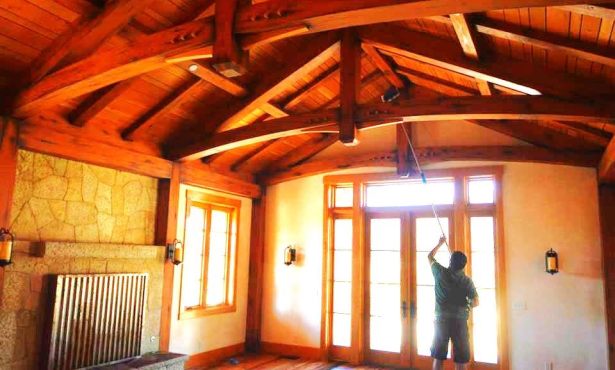Electrify Your Life
Earth Day Festival Showcases Electric Options

When my hot water heater died several years ago, I was caught flat-footed. Although I was convinced as an architect that all-electric is a better way to build both for our health and the climate, I had not anticipated this very specific work on my own house. I wasn’t yet familiar with the variety of electric water heaters that would fit in my space, and my plumber had no familiarity at all. Being in a 1920s home with an antiquated electric panel, I saw dollar signs floating in front of my eyes. I caved, replaced my gas-fired water heater, and resolved to do better next time.
I shouldn’t have caved. A few months later, my electrician stopped by and reassured me I could go all-electric in my house with my existing panel. Of course, this will be different for every residence, but typically, a 100- to 200-amp panel will support an average-size all-electric home.
With electric cars, most of us have a sense of what is involved; we have opinions about driving ranges, the availability of chargers, and how long our current car can last before it needs replacing.
We should be on similar grounds with our homes, buildings, and their equipment, which make up about 39 percent of greenhouse-gas emissions. Between transportation and buildings, individuals have direct control over about 42 percent of global emissions, according to Saul Griffith, an engineer, MIT PhD, and author of Electrify: An Optimist’s Playbook for our Clean Energy Future.
In order to meet climate targets, individuals will need a 100 percent adoption rate or better as they replace their personal infrastructure. That means every time a gas-burning appliance needs replacing in your home, it is done with an efficient electric one. We need to anticipate when our furnace, water heater, or car will need replacing so we can be ready with an electric alternative. Typically gas furnaces last 18 years, water heaters 10 years, and cars eight to 15 years.
With the Inflation Reduction Act, or IRA, we will have numerous financial incentives to upgrade our homes, buildings, and modes of transportation. Griffith urges us to prioritize the big, infrequent decisions that really matter to a decarbonized future: our car, the heating and cooling equipment for our buildings, and solar. “Do three things really well,” he spurs us, “rather than a lot of things that may not add up.”
One item you can do now as you are waiting for equipment to be replaced or finances to be available is to make sure the electricity you are receiving is from renewable sources. Most utilities allow you to choose the source of your electricity, and it should be non-carbon producing.
If you are unfamiliar with electric water heaters or heat pumps for heating and cooling, there are resources — especially as contractors are often unaware or unfamiliar with newer, more efficient electrical equipment. Tri-County Regional Energy Network serves Ventura, Santa Barbara, and San Luis Obispo counties and is funded by taxpayer dollars. They have been creating online content that teaches architects, builders, and homeowners about the newest energy-efficient equipment.
Two other great resources are Redwood Energy, for transitioning your home from gas-fired equipment to all-electric, and Rewiring America, for understanding the financial incentives that are being made available to decarbonize our built environment.
At this year’s Earth Day celebration at Alameda Park, the Santa Barbara AIA will have an exhibit displaying the many all-electric projects that are being designed and built. Come and join us the weekend of April 29 and 30 to gather information, get inspired, and start your own plan to decarbonize our built environment.
Dee Carawan, AIA Architect, is co-chair of the Santa Barbara AIA Committee on the Environment and can be reached at dee@carawanarchitecture.com. Architecturally Speaking is written by members of the American Institute of Architects’ Santa Barbara chapter. For more information, visit aiasb.com.




You must be logged in to post a comment.